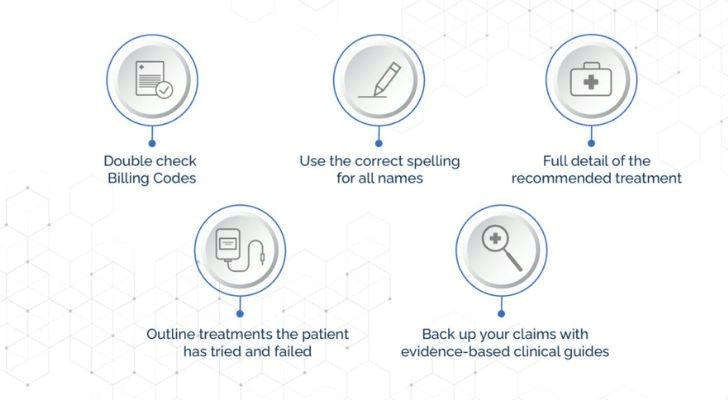Preauthorization Pitfalls Why Your Insurance May Deny Coverage And How to Avoid It
Health insurance is supposed to offer peace of mind, but for many, it becomes a source of stress when claims are unexpectedly denied. One of the most common—and confusing—reasons? Preauthorization. If you’ve ever asked, “Why did my insurance deny this?” the answer may lie in a process you didn’t even know existed.
What Is Preauthorization?
Preauthorization, also called prior authorization or precertification, is when your insurance provider requires you to get approval before you receive certain medical services, treatments, or prescriptions.
Common services that often require preauthorization:
- MRI or CT scans
- Surgeries (especially elective ones)
- Brand-name medications
- Physical therapy beyond a certain number of sessions
- Inpatient hospital stays
Failing to get this approval ahead of time could result in full denial of coverage—even if the procedure was medically necessary.
Why Insurance Companies Require It
Insurance providers use preauthorization as a cost-control measure. Their goal is to:
- Ensure the treatment is medically necessary
- Confirm it’s the most cost-effective option
- Prevent unnecessary or duplicate care
But for patients and doctors, the process can feel like a bureaucratic hurdle.

Illustration: Common types of services requiring preauthorization and typical wait times.
The Hidden Risks of Skipping Preauthorization
If you skip the preauthorization process:
- Your claim may be denied entirely.
- You might be stuck with the full cost of treatment.
- It could delay care, especially in non-emergency situations.
In some cases, providers may not inform you when authorization is needed—or they may request it incorrectly or too late.
Real-Life Scenario:
Sarah scheduled an MRI for persistent back pain. She assumed her doctor’s office handled the paperwork. Days later, she received a bill for $1,200 because no preauthorization was filed.
How to Protect Yourself
1. Always Ask: “Does This Require Preauthorization?”
Before undergoing any non-emergency treatment, ask your doctor, the billing office, or your insurer if it needs approval.
2. Call Your Insurance Provider
Even if your doctor says it’s covered, confirm with your insurer. Get the name of the representative and a reference number for your records.
3. Track the Paper Trail
Once approval is requested, document the date it was submitted and follow up. Some approvals take 3–10 business days.
4. Understand the Timelines
Many authorizations have expiration dates. For example, an approved MRI may only be valid for 30 days. Miss that window and you’ll need to reapply.
5. Appeal Denials
If your preauthorization is denied, don’t give up. You have the right to appeal with supporting documentation from your provider.
Emergencies: A Different Rulebook
Most preauthorization rules don’t apply to emergency situations. Under the Emergency Medical Treatment and Labor Act (EMTALA), you must be stabilized before billing concerns arise. However, follow-up care after the ER visit may still require preauthorization.
Red Flags to Watch For
- “Not medically necessary” — vague denials need clarification.
- “Out of network” — even authorized care may be denied if the provider isn’t in-network.
- “Information missing” — incomplete documentation can stall or nullify approval.

Checklist: Steps to follow for a smooth preauthorization process.
Final Thoughts
Preauthorization can feel like a hassle, but it’s a critical step in navigating today’s health insurance system. Understanding how and when to obtain it can save you time, stress, and thousands of dollars.
The key takeaway: Don’t assume approval is automatic—verify it yourself. Being proactive about preauthorization is one of the most powerful ways to avoid financial surprises and ensure you get the care you need when you need it.
